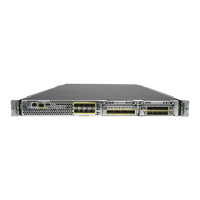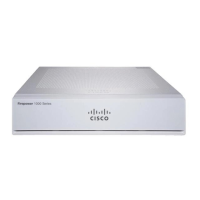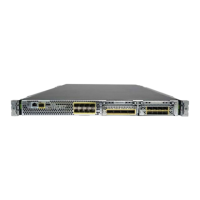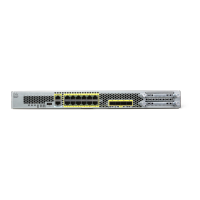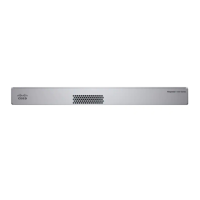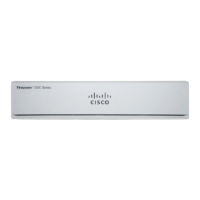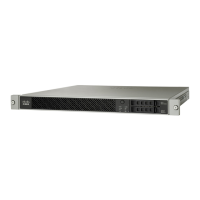create local-user
To add a new local user account, use the create local-user command. If a local user account with the specified
name already exists, the command will fail.
To add or edit a local user account, use the enter local-user command. If the specified account does not exist,
it is created and entered; if the account exists, it is entered.
You also can use the scope form of this command to enter an existing local user account to assign or change
properties.
To delete an existing local user account, use the delete form of this command.
create local-user user_name
delete local-user user_name
enter local-user user_name
scope local-user user_name
Syntax Description
The ID to be used when logging into this local user account. Note the following
guidelines and restrictions when entering a user name:
• The name can contain between 1 and 32 characters, including the
following:
• Any alphabetic character
• Any numeral
• _ (underscore)
• - (dash)
• . (dot)
• The name must be unique.
• The name must start with an alphabetic character. It cannot start with a
number or a special character, such as an underscore.
• The name is case-sensitive.
• You cannot create an all-number name.
After you create a user account, you cannot change its name. You must delete
the user account and create a new one.
user_name
Command Modes
scope security/
Command History
ModificationRelease
Command added.1.1(1)
Usage Guidelines
You can configure up to 48 local user accounts. Each account must have a unique user name and password.
Cisco Firepower 4100/9300 FXOS Command Reference
65
A – R Commands
create local-user
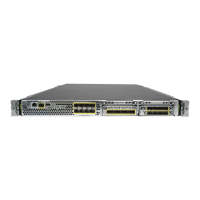
